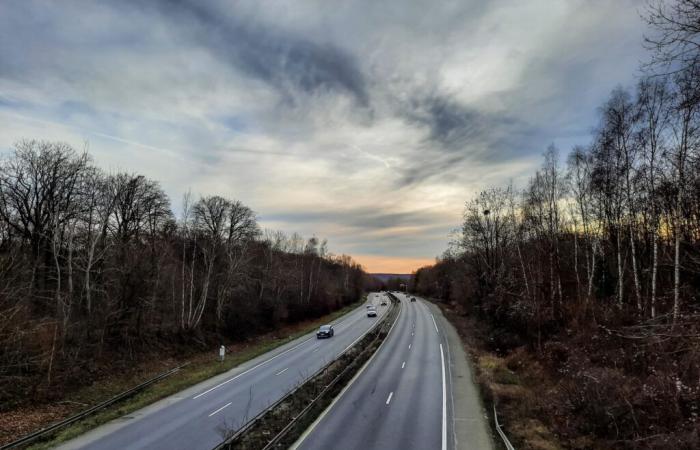From this Tuesday, November 5, 2024, the speed will be reduced to 70 km/h on two Ile-de-France axes: the A86 between Saint-Denis and La Courneuve and the A4 between Saint-Maurice and Charenton-le-Pont. This measure, similar to that of the Paris ring road, aims to reduce noise pollution and pollution. The experiment will last one year, with surveys carried out by Airparif and Bruitparif to measure the effects on the quality of life of local residents.
We will have to ease off on part of the A86 and the A4 from this Tuesday, November 4. Shortly after lowering the speed on the ring road, here comes the turn of its crown. This reduction in speed which goes from 90 to 70 km/h on theA86 and theA4 is part of a logic of reducing noise pollution and atmospheric pollution. As with the device, this measure should come into effect after the installation of the traffic signs regulations, in each direction of traffic.
From now on, the speed will be reduced from 90 km/h to 70 km/h over the last four kilometers, between Saint-Maurice and Charenton (Val-de-Marne), in the Paris-province direction, from this Tuesday. The limitation signs were installed during the night from Monday to Tuesday, and the same measure will be applied the following night in the opposite direction. THE 270,000 vehicles who travel daily on this section will have to adjust to these new regulations.
On theA86motorists will lose approximately 50 seconds journey at night, and on theA4the delay will be 33 seconds. However, noise reduction could reach 40 % at night, with a drop in 2.2 decibelsaccording to authorities’ projections.
These areas are home to a significant number of residents exposed to noise, with approximately 14 000 habitants on the section of the A4 and 5,000 people on that of the A86. The main objective is to limit noise pollution, particularly at night, to improve the quality of life of residents, especially in densely populated areas.
After long discussions, the reduction of 20 km/h speed on this portion was decided following a double public consultation conducted in the spring. This experimentation lasting one year was made official by an order issued by the prefect of Val-de-MarneSophie Thibault, before her departure in mid-October.
By reducing speeds on these key sections, authorities hope that the impacts on air quality and noise pollution will translate into significant improvements for local residents. This is an important step in the transformation of mobility practices around Paris, aiming to reduce urban inconvenience while preserving traffic flow.
France






